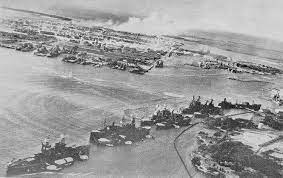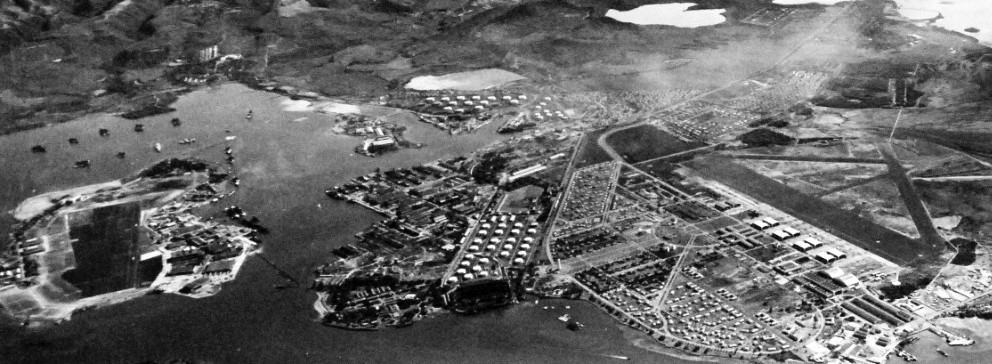Fleet Problem Number 13: American Attack on Pearl Harbor

Early US Navy Exercises
Back in the late 1920s and early 1930s, the US Navy often organized large-scale exercises simulating combat with an Asian or European attacker.
In its 1932 edition, dubbed Fleet Problem Number 13, Rear Admiral Harry Yarnell would simulate an “Asian island nation” (very subtle) and attack Pearl Harbor to test its defenses.
The Role of Carriers in Naval Warfare
Back then, carriers were usually seen as scouting tools, not capital ships. The battleship still reigned supreme in many admirals’ minds. But Yarnell was at the time developing new carrier-based doctrine and tactics. He was also convinced that should Japan attack, it would do so utilizing the element of surprise, without a prior declaration of war.
As US officers in Pearl Harbor geared up to repel a battleship-led attack on their base, Yarnell, instead, positioned his fleet northeast of Hawaii, out of sight, and attacked Pearl Harbor with airwings from the two carriers at his disposal: 152 planes in total!

The Simulated Attack and Its Dismissal
He attacked the airfields first, taking them completely by surprise. He then moved on to engage the fleet. His planes dropped flour sacks on their targets to simulate hits. His attack was a complete success. But the Navy top brass dismissed the results. For a start, Yarnell had attacked at dawn on a Sunday. This was apparently “inappropriate”. His planes attacking from the northeast had simulated planes arriving from the mainland. This type of ruse was considered unfair. Finally, precision low-level bombing was deemed impossible to achieve by an Asian nation since it was a well-known fact Asians lacked the necessary hand-eye coordination to achieve this. We’re not even making this up.
The defenders were declared the victors of Fleet Problem Number 13, and that was it…
Lessons Unlearned
But Fleet Problem Number 13 would come back to bite Washington hard, nine years later, when the Japanese attacked Pearl Harbor in an operation that was almost a carbon copy of Yarnell’s moves back in 1932…
-RBM









